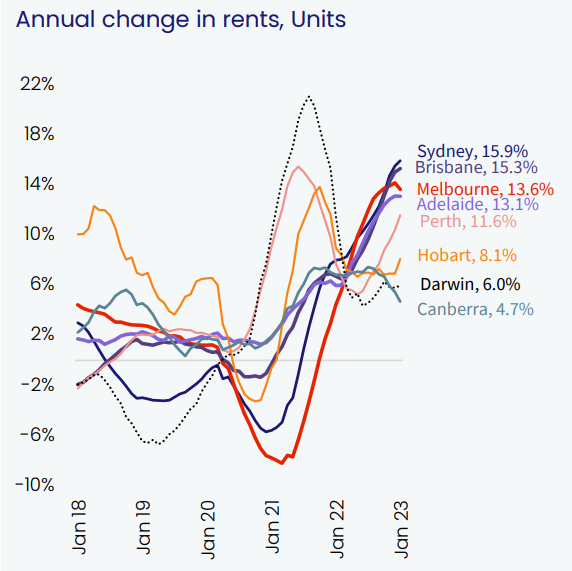Late last year, Labor backbencher Julian Hill warned that Australia’s international education system had become a “ponzi scheme” for enticing non-genuine students with unfettered work rights and permanent residency, which were being ruthlessly exploited by some education agents:
“Uncapped work rights is being misused by agents in many parts of the world who are flogging our precious student visa as some kind of cheap, low rent work visa. No one should permit that to continue,” Mr Hill said…
“We know that the incentive of a permanent visa to Australia is like a golden ticket from Willy Wonka’s chocolate bar,” Mr Hill said.
“It’s too powerful an incentive that would drive and pervert behaviour by providers, and some students.”
The Albanese Government lit a fuse under the international student “ponzi Scheme” when it used September’s Jobs & Skills Summit to expand work rights via:
- Uncapping the number of hours international students can work while studying for another year; and
- Extending the length of post-study work visas by two years.
This international student “ponzi scheme” has now shifted into overdrive, according to former immigration department deputy secretary Abul Rizvi:
[International students] have since around the year 2000, contributed around 25 percent of the annual migration program…
Overseas student policy and the pathways for them to permanent residence is too important to get wrong. And currently, we are getting that wrong by attracting too many students who are being led into doing the wrong courses; often at low quality education providers.
Many are being poached by low quality providers… They are doing courses that too many employers don’t value…
In 2022, Australia received 362,462 offshore student visa applications. This far exceeded the previous records set in 2018 of 278,691 and in 2019 of 276,183. In 2022, the number of student visa holders in Australia grew from 315,949 at end December 2021 to 456,970 at end December 2022; an increase of 141,021.
This was the single biggest annual increase in student visa holders in Australia ever. This will grow significantly further in 2023.
And despite a very strong labour market and a larger migration program providing opportunities for temporary graduates to secure permanent residence, the number of former students on temporary graduate visas increased in 2022 from 95,259 to 144,694 – an increase of almost 50,000.
The increase in offshore student visa applications is being driven by the granting of unlimited work rights – the student visa has essentially become a low skill guest worker visa – and a very strong labour market.
We all know where this ends for the labour market. A November 2021 report by the Migrant Workers Centre, entitled “Lives in Limbo”, found 65% of workers on temporary visas suffered from wage theft. Most were also international students:
Australia’s migration policy encourages migrant workers to sign up for Australian education…
Interview participants unanimously stated that the Student visa was the most approachable visa… Half (50.0%) of the survey participants came to Australia on a Student visa…
64.8% of the survey participants on temporary visas experienced wage theft while working in Australia…
90.9% of migrant workers who experienced wage theft in Australia had first arrived on a temporary visa that had no pathway to permanent residency such as the Student visa or Working Holiday visa.
And for rents, which are exploding. The impact is particularly severe across the major capital cities’ unit markets, which are experiencing unprecedented price growth:

2023 is shaping up as a record year of immigration into Australia, driven by the international student tsunami.
Accordingly, rental markets will tighten even further, driving rents higher and placing tenants into extreme financial stress and possibly homelessness.
Instead of operating a “ponzi scheme”, why not instead aim for a smaller intake of higher quality international students via:
- Raising entry standards (particularly English-language proficiency);
- Raising financial requirements needed to enter Australia; and
- Removing the explicit link between studying, work rights and permanent residency.
These reforms would raise student quality, would lift export revenues per student, would improve wages and conditions in the labour market, and would reduce enrolment numbers to sensible and sustainable levels, in turn improving quality and the experience for local students and reducing population pressures.
Sadly, the Albanese Government has taken the opposite path by uncapping the number of hours an international student can work while studying for another year, while also extending post-study graduate work visas by two years.
Labor knows that if work rights and permanent residency were scaled back, the numbers of students arriving would plunge, alongside Labor’s Big Australia agenda.
So instead, Labor has ushered a housing and inequality disaster via its idiotic immigration policy that explicitly encourages quantity over quality.

